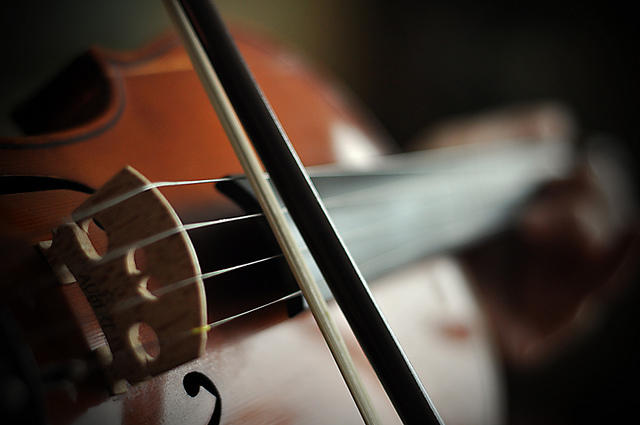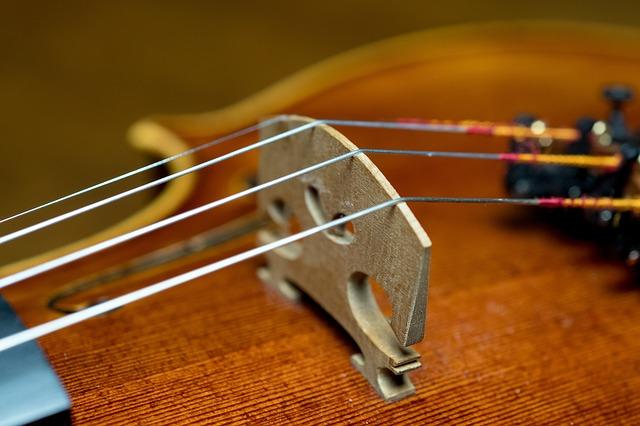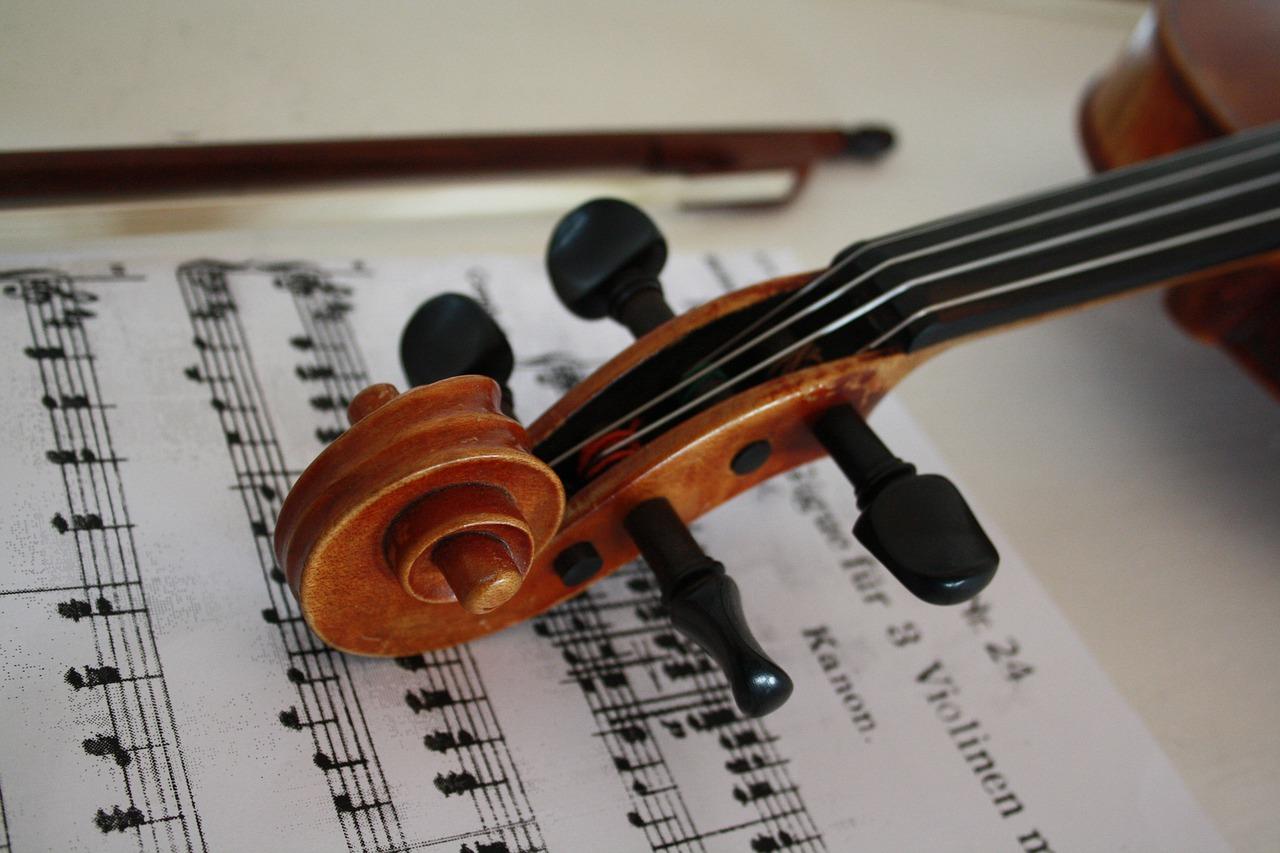The older the violin, the sweeter the music. Larry McMurtry
Have you fallen in love with the violin?
A piece of true artisan craftmanship. Learning how to play the violin is not just about learning how to play it. The importance of taking care of such an investment is just as important. Especially if you want your violin to keep its original look and so that you can enjoy your violin for years to come.
Ensuring your violin is well maintained is a daily habit you will need to cultivate. You’ve probably heard the teaching - you reap what you sow. In this instance, it’s absolutely relevant. You will reap many rewards for taking great care of your violin. Your violin will gift you with a continuous warm and bright sound and it will maintain its beauty.
There is a rule all musicians follow and that is to love, care and respect your instrument. If you want your instrument to spend as little time as possible out of the violin repairs shop then regular care is key.
This is a helpful guide with violin care instructions that will leave you and your violin singing and playing a joyful tune.

Daily Care of Your Violin Instrument
The violin is a delicate instrument that deserves your daily attention. Besides, it is a personal investment that will increase if you take good care of it. Spending time with your violin on a daily basis also allows you to get to know your instrument more intimately. Therefore, it will enhance your learning process.
If you follow these four important steps on a daily basis you can rest assured that your bow and violin will stay in pristine condition.
1. Wipe Your Violin
This is the golden rule of all the steps - always wipe your violin after you play.
The varnish of acoustic instruments has an enormous influence on the instrument and is very delicate. Therefore, it is a very important element on your violin.
Playing your violin on a daily basis is essential if you would like to advance, that means you will also need to wipe your violin with a dust cloth on a daily basis. In the odd event that you don’t play the violin on a certain day make sure to still take care of your musical instrument and wipe it down with a dry cloth.
Rosin can easily build up on an instrument’s strings and wiping it daily you can avoid this build up and in turn protect your violin’s strings. Don’t forget to wipe the wooden part of your bow. Remember your violin and bow is a unit and you should take just as much care of your bow as your violin.
A microfibre, lint-free cloth will work wonderfully for wiping down your violin, bow and strings. They are gentle enough and nice and small to fit inside your hard case compartment. Make sure to wash your cloth often to get rid of the build of dust and resin.
2. Adjust the Horsehair of Your Bow
Preparing your violin bow by tightening the bow hair is the first step. Tighten the horsehair by turning the screw at the end of the bow. There are two ways of checking whether the hair on your bow is too tight or loose:
- A good rule of thumb is to use a pencil’s width. If you can fit the pencil in between the bow hair and the wooden stick it is tight enough.
- The stick of the bow will always arch towards the hair. When the hair is tight enough, they should only slightly curve towards the hair. You will see the hair will bend outwards if it is too tight.

After you have finished your session, you should loosen the horsehair. Screw the end of the bow to the left and voila!
Your bow is now ready for safe storage. Well it’s almost ready, first you will need to complete the next step.
3. Safely Store Your Violin
Another important part of caring for your violin is to store your violin away in a safe place where it cannot be knocked over or stepped on. Violins normally come in a hard case that is specially designed to fit the shape of the violin perfectly.
These graceful instruments are particularly delicate and the hard cases are made to protect the violin from external damage and to support all the delicate parts of the violin and the bow.
It is important that your violin comes with the appropriate hard case when you buy a violin regardless of the price range - ensuring your instrument is safely stowed.
General Maintenance Instructions
Your violin’s maintenance isn’t limited to daily responsibilities. Taking the greatest care of your investment requires a few other general tasks that you need to do less regularly. These attentive habits along with your daily duties will keep your violin and bow in mint condition, ensuring its sound and beauty remains flawless.
Rosin Your Violin Bow
This can be a daily or weekly task depending on your level of expertise. If you are a professional violinist then applying rosin to your violin bow is necessary on a daily basis. A good rule of thumb is that you rosin your violin once very 4-6 hours of playing. When you reach the level of playing 4-6 hours daily then you are the quintessence of a professional violin player.
Beginner violinists normally play 15-30 minutes daily, therefore, applying rosin to your bow is sufficient once a week. So in the end, your level of expertise and the time you play will give you an indication of how often you will need to rosin your bow.
Apply 20 strokes of rosin by holding the bow with your right hand and applying the rosin with your left hand. To test if you have enough rosin on your bow, you can simply try a note on your violin. If the sound is clear, you have applied enough rosin.
Replace Your Strings
You will need to replace your violin’s strings every 6-12 months, depending on how often you play. You will notice that your violin will start going false or start to unravel.

If you feel you need help the first time around go to a professional to change the strings. You can see how it’s done and next time have more confidence in replacing the by yourself. I do recommend you go to a professional the first time. Your violin is a very delicate instrument and by making a mistake here can cause damage to your violin.
You can buy quality violin strings from a music shop. After you have replaced your strings you will need to tune your violin.
Replace Your Bow’s Hair
Just like with your violin’s strings, your bow’s horsehair will have to be replaced and how often you do it all depends on how often you play.
Every two years is generally when you should re-hair your bow. The pros might re-hair their bows up to three times per year.
To rehair a bow is a very complex task and it is recommended that you rather take your bow to a specialised bow maker to rehair rather than trying to do it yourself.
Manage Temperature Levels
Musical instruments made of wood are known to be impacted by variations in the humidity and temperature of an area.
Wood naturally exchanges moisture with the outside air.
Therefore, leaving your violin in a cold car overnight or leaving it in a sunny window can cause severe damage.
You can use your own experience of the temperature and humidity levels as a guideline. If you are comfortable with the temperature, it will be the correct temperature for your violin. Keeping your violin in an environment where the temperature and humidity stays constantly the same is the best way to prevent your violin from warping or forming cracks in its body.
It is essential that violins be stored in areas with a humidity level of 40% to 60%.
Violin Repairs
When you play your violin on a regular basis, taking it in for a service or repairing it is inevitable. Changes in the sound quality of your violin is your que to take it in for a service to a violin restorer, also called a luthier.
To make sure your violin remains in pristine condition and keeps giving you that perfect sound quality it is recommended to service your violin once a year. If you maintain this then your violin will sound almost as good as a Stradivarius.

Violin repair and maintenance is offered at most music shops where they have a professional taking the greatest care of each instrument to make sure it is as good as new after it has been serviced.
If you are practically minded and would like to service and maintain your own violin, there are a few simple violin repair tools that should be on your list.
It is important that with all first time repairs, although it might seem simple, that you take it to a luthier to ensure you know how to do it before attempting to do it yourself.
Here is the list of violin repair tools you can start gathering if you would like to maintain your own violin later on:
- A small screwdriver or chinrest pin
- A duster
- Dry uncooked rice
- Peg paste
- A soft pencil
- Small sharp scissors
Your violin servicer can also contribute a lot by giving you advice and the tools you might need. Don’t be afraid to ask for advice.
Things you DON’T need:
- Wood glue or superglue
- A sound-post adjuster
Repairing your violin yourself is not recommended in most cases and is rarely even attempted by top professionals. Leave the repairs to a luthier.















